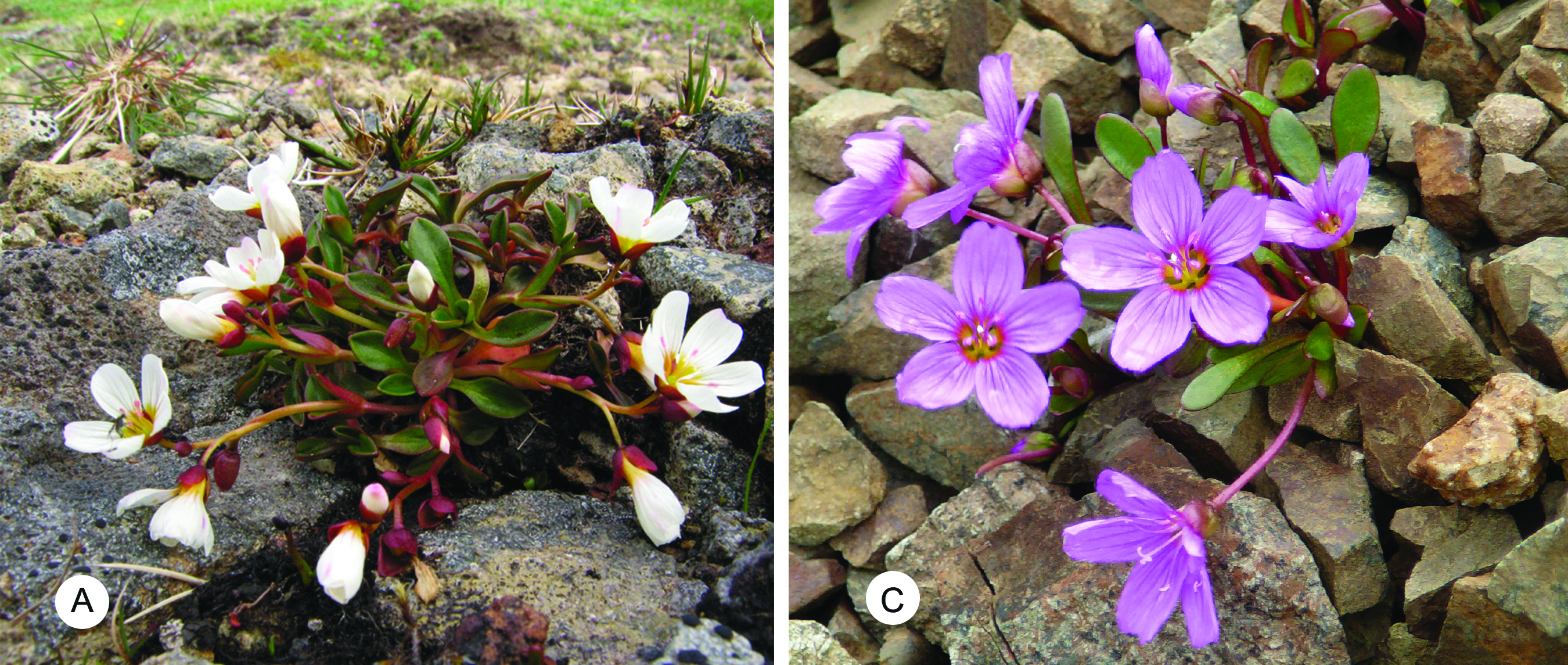Paper published using taxon concepts for the flora of Alaska

To achieve information precision with true interoperability by connecting diverse specimen data resources through taxon concepts we can advance beyond what can be achieved with plant names alone. In the current issue (Fall 2019) of Annals of the Missouri Botanical Garden, we reflect on differing traditions and opinions, taxonomic approaches, and access to material from both sides of the Bering Strait. The Claytonia arctica complex illustrates these issues well and has been dealt with by North American and Russian botanists in decidedly different ways. We reviewed specimens and examined the various taxonomic concepts of C. arctica through time and source publications. The relationships (alignments) among taxonomic concepts are presented in a graphical format. We found that much of the confusion related to C. arctica in Beringia stems from overlooking C. scammaniana Hult´en sensu Hult´en (1939), and placing too much emphasis on the woody caudex and perennation structures, during the creation of two taxonomic concepts: C. arctica Adams sensu Porsild and C. porsildii Jurtzev sensu Yurtsev. The C. arctica complex (in our current sense) is an evolutionary work in progress, resulting in partially differentiated races with much overlapping variability and intergradation of characters (particularly in C. scammaniana according to our current sense) that have not reached the level of stability (i.e., individuals may still intergrade freely) usually associated with the concept of species in other arctic lineages.
This work was supported by NSF award 1759964
Ickert-Bond, S.M., Murray, D.F., Oliver, M. G., Berrioz, H. K., Webb, C.O. 2019. The Claytonia arctica complex in Alaska – analysing a Beringian taxonomic puzzle using taxon concepts. Annals of the Missouri Botanical Garden 104: 478-494.

A. Claytonia arctica, photograph from Kiska Island, Alaska, by Ian L. Jones . C. Claytonia
scammaniana, photograph from Denali National Park, Alaska, by Weber_sd (Flickr).

